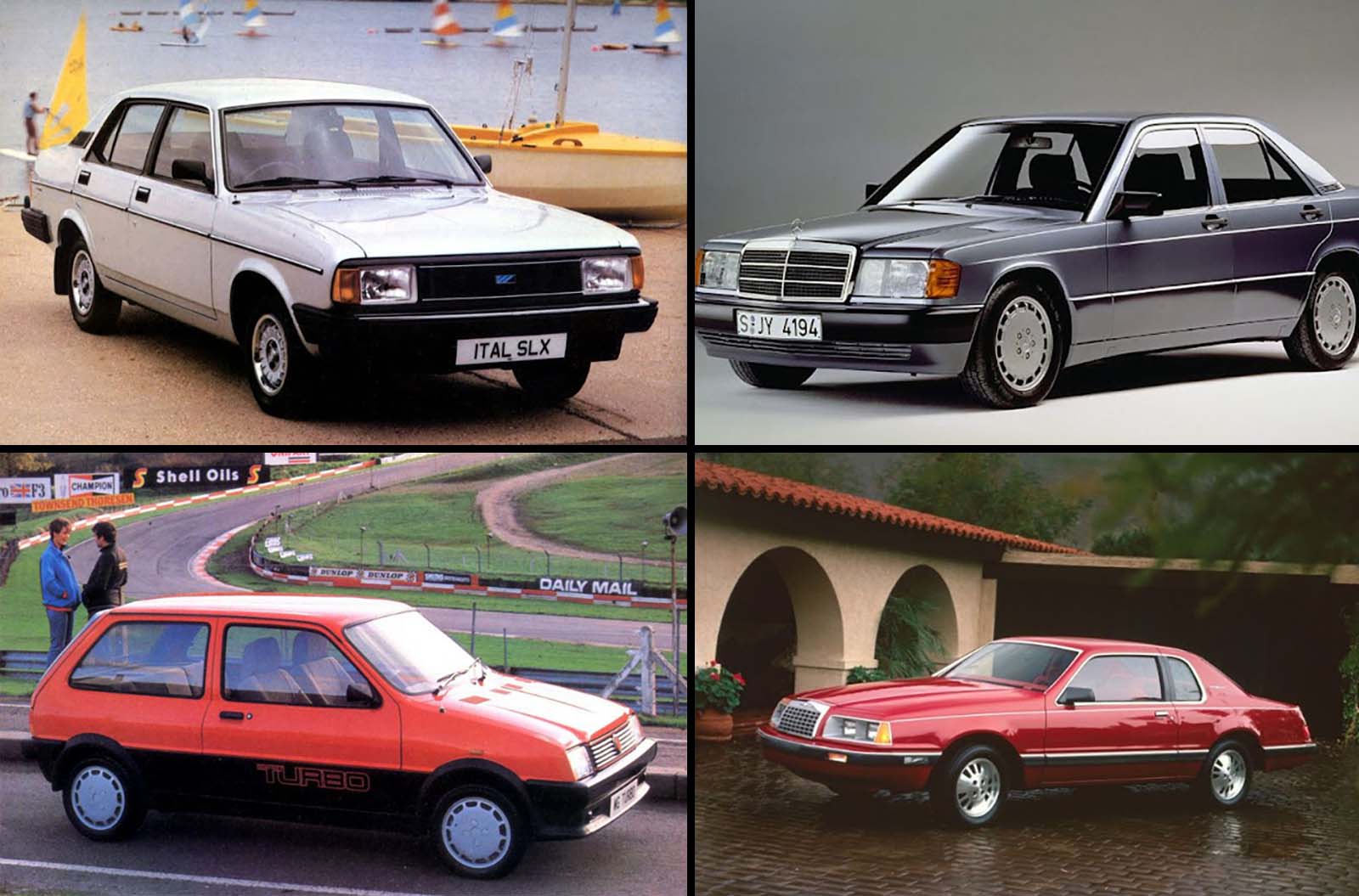
The 1980s was a time of strange music and odd fashion, but it was also a period of innovation for many car companies.
In this article, we’re looking back at some of the great cars from the 1980s that many people might have owned at least once. These were not fancy or expensive cars; they were the ones everyday people drove.
One of the most distinctive features of 1980s cars was their boxy and angular designs. From sedans to compact cars, the aesthetic favored a straightforward and functional appearance.
Models like the Toyota Corolla, Honda Civic, and Chevrolet Cavalier became staples for individuals and families seeking economical transportation.
In response to the oil crises of the 1970s, the 1980s saw a heightened emphasis on fuel efficiency. Car manufacturers responded by producing vehicles with smaller engines and improved gas mileage.
This decade was the era of the hatchback. Offering a versatile design that combined the features of sedans and station wagons, cars like the Volkswagen Golf and Ford Escort became popular choices.

Ford Escort.
Ford Escort stood as an emblem of practicality and reliability, solidifying its place as one of the era’s most popular compact cars.
As part of Ford’s lineup, the Escort catered to the everyday needs of consumers, offering a cost-effective and fuel-efficient solution for drivers seeking dependable transportation.
Produced across three generations, the Escort was the first world car developed by Ford, with the first-generation American Escort designed alongside Ford of Europe, who transitioned the Escort Mk III to front-wheel drive.
During its production, the Escort also underwent a wide use of platform sharing and rebranding.
The first generation served as the basis of the longer-wheelbase Ford Tempo/Mercury Topaz, the two-seat Ford EXP/Mercury LN7 and was rebranded as the Mercury Lynx.

Audi Quattro.
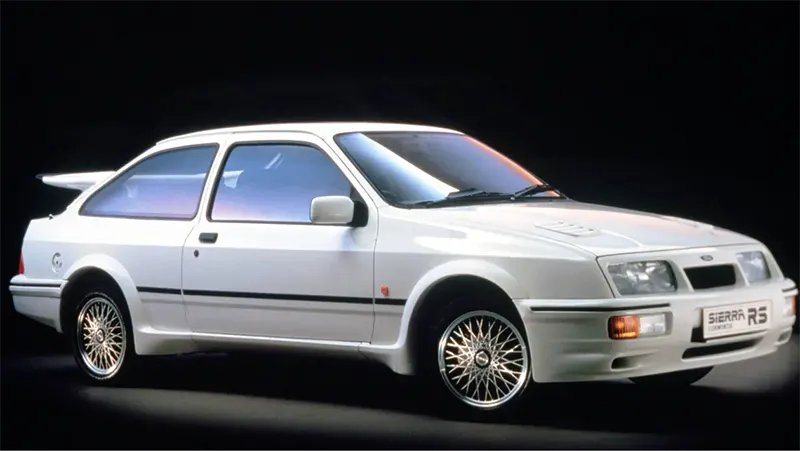
Ford Sierra.
The Ford Sierra debuted at the 1982 British International Motor Show in Birmingham, shortly followed by the 1982 Paris Salon de l’Automobile.
Sales began on 15 October 1982, replacing the Ford Taunus TC3 (UK: Ford Cortina Mark V).
Its aerodynamic styling and the absence of a saloon/sedan configuration was such that many conservative buyers (including company car drivers) did not prefer its design.

Fiat Panda.
Introduced at the March 1980 Geneva Motor Show, the Fiat Panda was internally designated as Type 141 and was designed by Giorgetto Giugiaro and Aldo Mantovani of the newly formed Italdesign.
From its inception, the Panda was designed as an inexpensive, easily maintained, utilitarian, and robustly simple car.

Lancia Delta Integrale.

Mercedes-Benz 190.
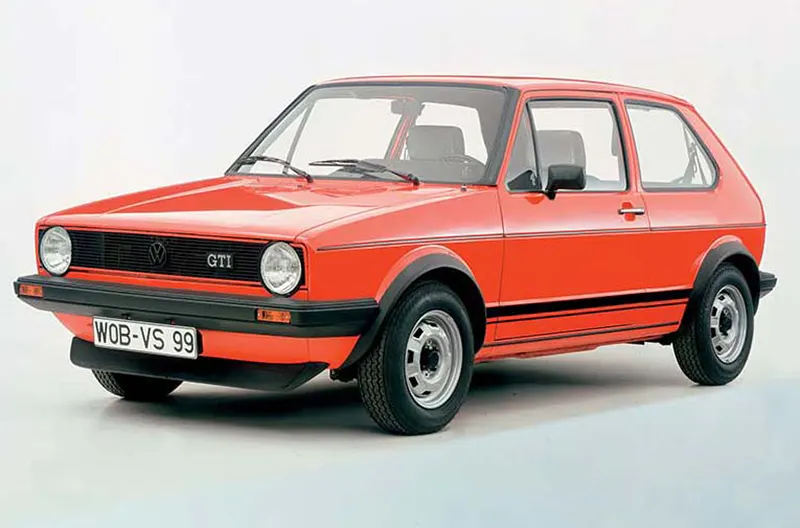
Volkswagen Golf GTI.

Citroen BX.
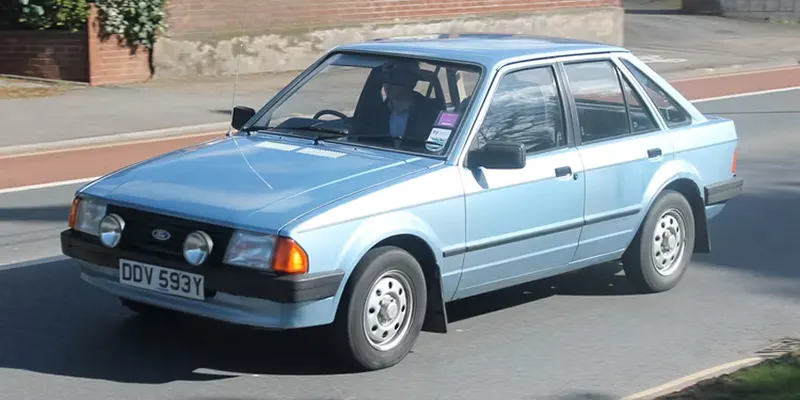
Ford Escort, 1982.

Chevrolet Cavalier, 1984.
The Cavalier first went on sale in May 1981 as a 1982 model with front-wheel-drive, a choice of two carbureted versions of the GM 122 series four-cylinder pushrod engines, and 2 and 4-door sedan, hatchback, and station wagon body styles.
Convertibles were added in 1983, initial production totaling less than 1000.
The Cavalier name originated from GM’s then-British subsidiary Vauxhall, who applied it to badge engineered variants of the Opel Ascona, the third generation of which was the first J-body car to be released.

Chevrolet Celebrity, 1986.
The Chevrolet Celebrity was sold by Chevrolet from the 1982 to 1990 model years.
Marking the transition of the mid-size Chevrolet range to front-wheel drive, the Celebrity was the successor of the long-running Chevrolet Malibu line.
Initially marketed between the Citation and the Impala within the Chevrolet model line, the Celebrity was later marketed between the Corsica and Caprice sedans.
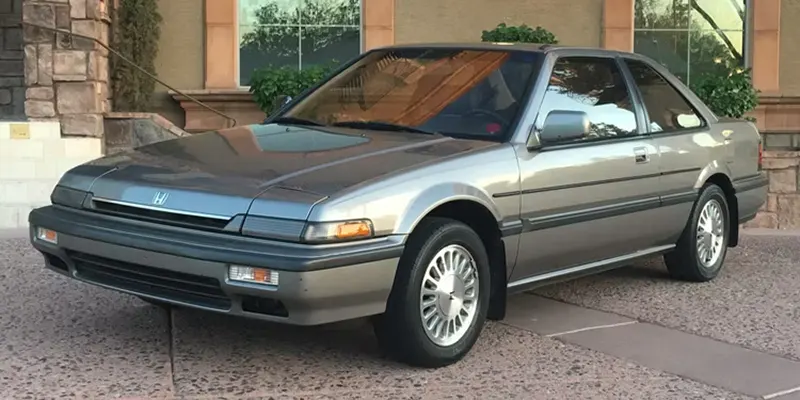
Honda Accord, 1989.
Debuted on 22 September 1981, in Japan, Europe, and North America, this generation of the Honda Accord being produced in Japan, also became the first to be built in the United States, at Honda’s plant in Marysville, Ohio.
Since its first year in the American market, it also became the best-selling Japanese nameplate in the United States, retaining that position for about 15 years.

Mercedes-Benz 190E, 1984.

Morris Ital, 1984.

Morris Ital Estate, 1984.
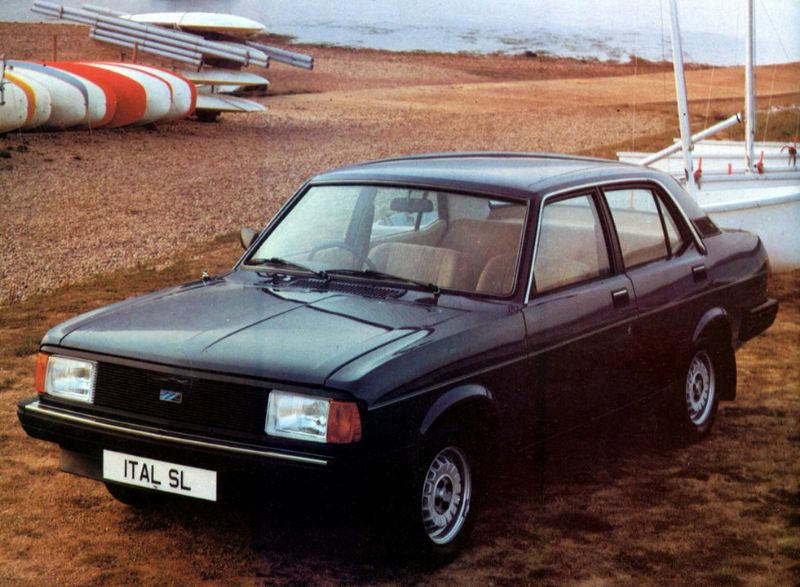
Morris Ital SL, 1984.

Morris Ital SLX, 1984.
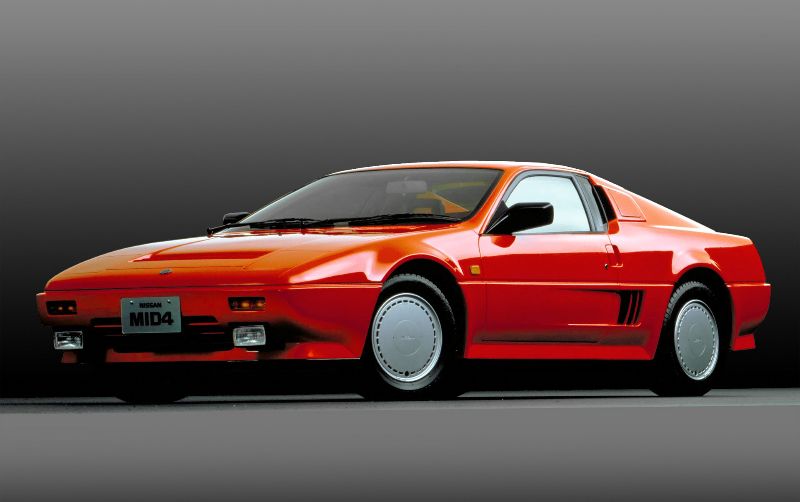
Nissan MID4, 1985-1987.
First unveiled at the 1985 International Motor Show Germany, the Nissan MID4 was a concept car designed by Nissan to originally go on sale in the mid-late 1980s.
Nissan had aimed the MID4 to compete with European supercars from Porsche and Ferrari.
It featured a mid-engine, all-wheel-drive layout as well as a wide array of technology and features that would eventually find their way into other Nissan production cars.

Rover Vitesse, 1984.
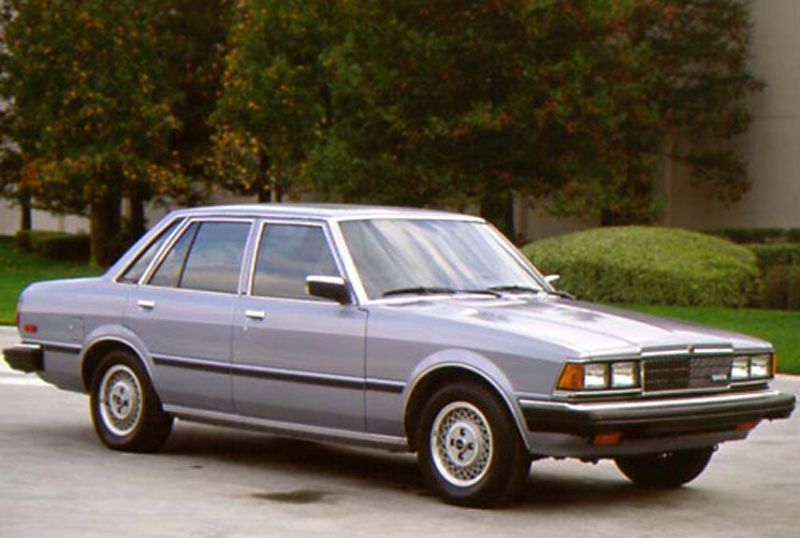
Toyota Cressida, 1982-1984.

Triumph Acclaim, 1984.

Triumph Acclaim CD, 1984.

Austin Ambassador, 1984.

Austin Metro HLE, 1984.
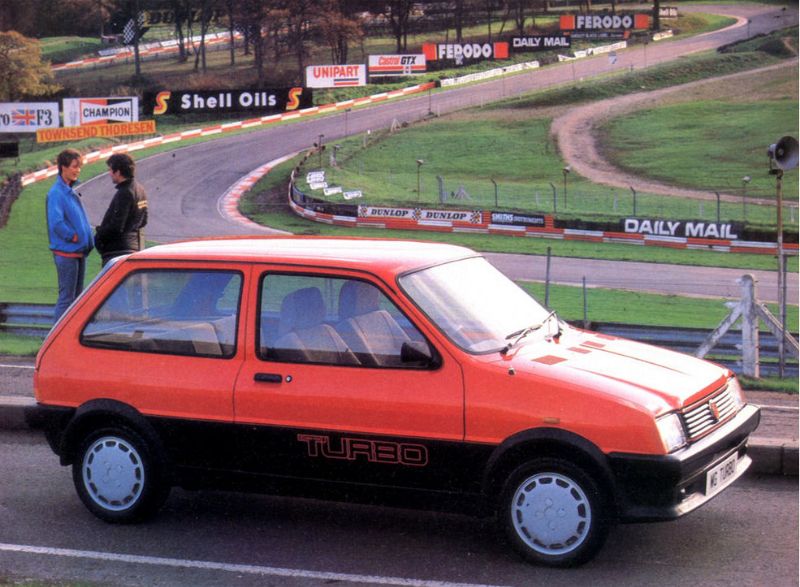
Austin Metro Turbo, 1984.
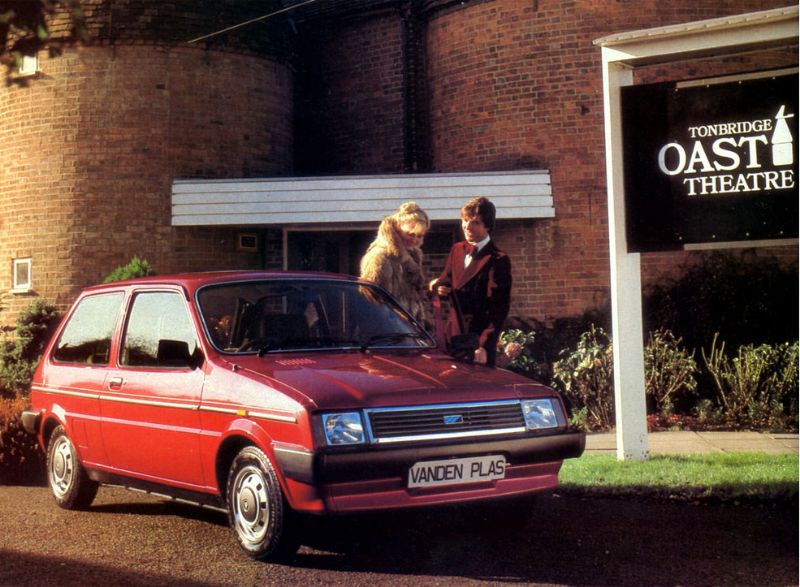
Austin Metro Vanden Plas, 1984.
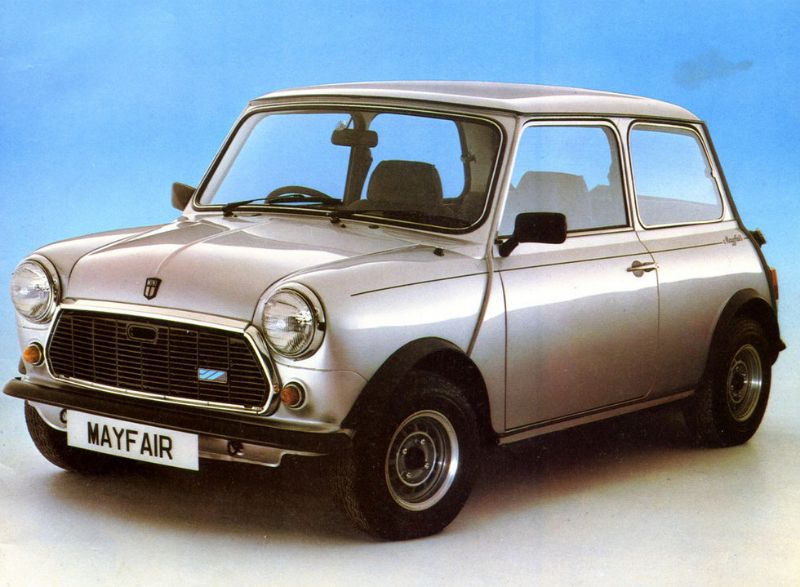
Austin Mini Mayfair, 1984.

Chevrolet Corvette C4, 1984.

Ferrari 288 GTO, 1984.

Ford Thunderbird, 1983-1988.
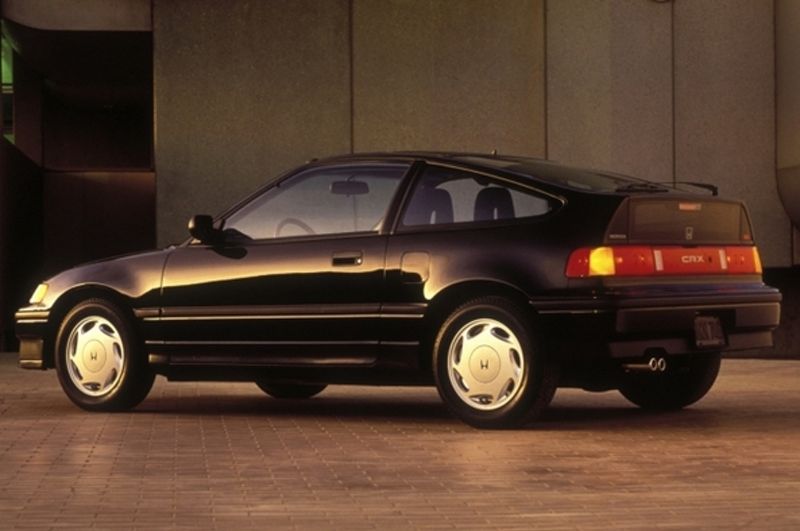
Honda CRX Si, 1988.
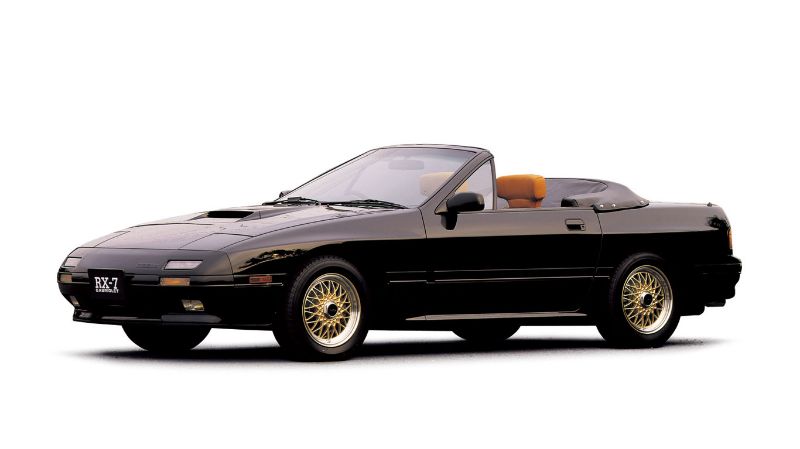
Mazda RX-7, 1988.
The Mazda RX-7 is a front-engine, rear-wheel-drive, rotary engine-powered sports car that was manufactured and marketed by Mazda from 1978 until 2002 across three generations, all of which made use of a compact, lightweight Wankel rotary engine.
The first-generation RX-7, sometimes referred to as the SA (early) and FB (late), is a two-seater 2-door hatchback coupé.
It featured a 12A carbureted rotary engine as well as the option for a 13B rotary engine with electronic fuel injection in later years.
The second-generation RX-7, sometimes referred to as the FC, was offered as a 2-seater coupé with a 2+2 option available in some markets, as well as in a convertible body style.
This was powered by the 13B rotary engine, offered in naturally aspirated or turbocharged forms.
(Photo credit: Wikimedia Commons / Pinterest / Auto Express UK).
Updated on: November 13, 2023



